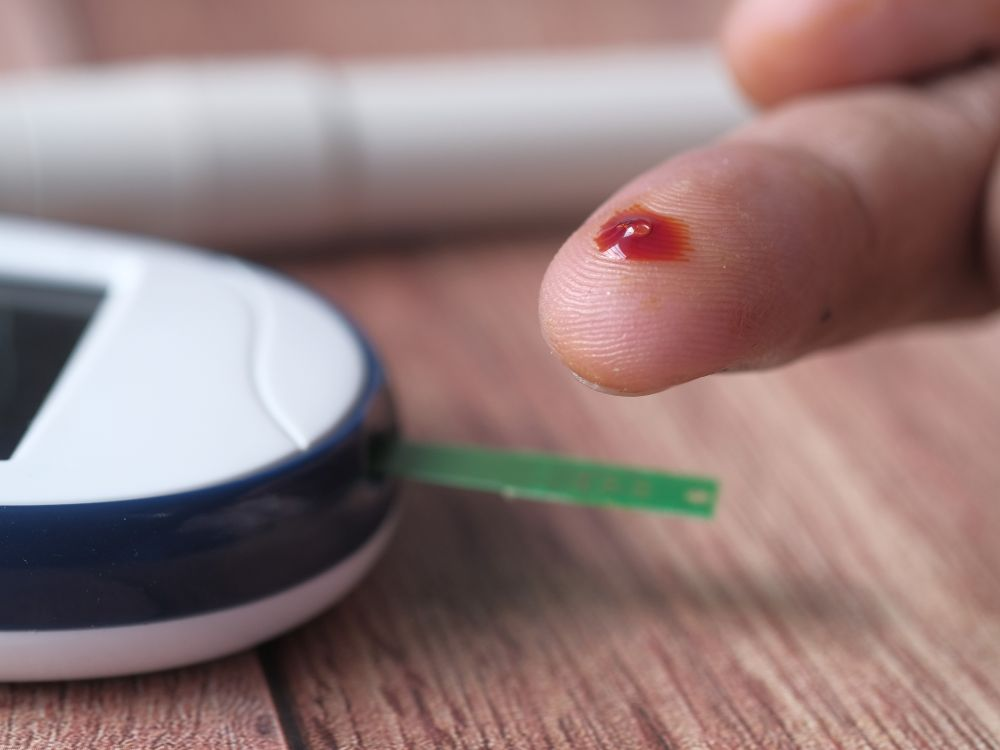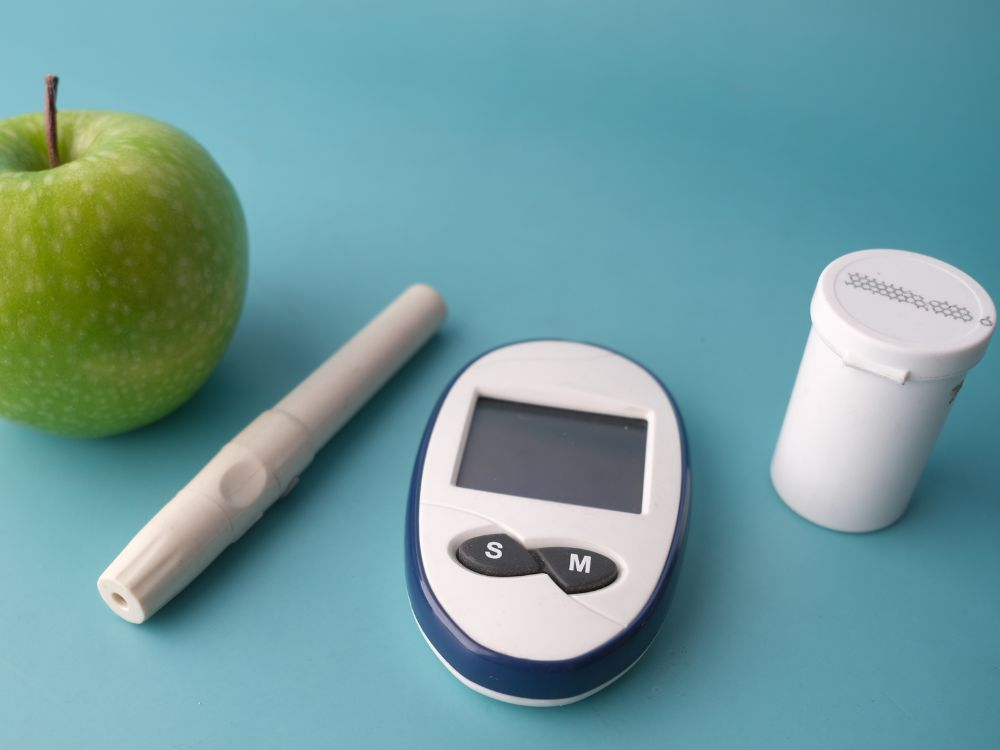Managing diabetes means keeping a close eye on your blood sugar trends. Continuous glucose monitoring devices offer real-time insights to help you stay on track. You need a device that fits your daily routine and comfort requirements. Think about factors like sensor accuracy, app compatibility, and cost. This guide will help you pick the best option for your lifestyle.

Assess Your Glucose Monitoring Goals
Managing diabetes is about reaching your health goals. You might want to lower A1C levels or avoid unexpected lows. You could be exploring how well you respond to meals and exercise. Knowing your priority will shape your choice. It will help you decide which features matter most.
Think about the level of detail you need. Some devices log data every five minutes. Others show trends over hours. You might want real-time alerts for high or low readings. Or you might rely on end-of-day summaries. Clarity on data depth will narrow your options.
Consider how often you will check your levels. Will you glance at your phone throughout the day? Or will you review a report each evening? A device with quick scans may suit your pace. A more thorough system might fit a structured routine. That match will improve your daily experience.
Compare Sensor Accuracy and Precision
Sensor performance matters for reliable readings and better decision making each day. You need accuracy you can trust and precision that tracks small glucose shifts.
Mean Absolute Relative Difference (MARD)
MARD shows the average error between sensor readings and lab values. A lower MARD means more accuracy. Look for devices with MARD below ten percent. That level will give you readings you can rely on. Keep in mind that MARD alone does not tell the whole story. You also need to check how consistent the sensor is across high and low glucose levels. Look at published clinical trial data to compare MARD results across devices. That research will help you pick a reliable option.
Consistency Across Glucose Ranges
The best sensors deliver stable readings at both low and high glucose levels. A device that skews at extremes can lead you to make wrong treatment decisions. Check for data that shows performance under hypo- and hyperglycemia. That data will give you insight into how the sensor behaves. You want a model that stays within its claimed accuracy range during daily use. Ask your provider for real-world performance reports. Look for peer-reviewed studies to back up these claims. Those reports can prove real-world reliability.
Lag Time in Sensor Readings
Sensors often lag behind blood glucose by a few minutes. That delay can matter when levels change rapidly. You may see a reading that trails your actual blood glucose. If you test with a finger stick you might note the difference. Choose a device with low lag time so you get timely alerts. That speed can improve your safety. Aim for devices with proven performance.

Evaluate Wearability and Comfort
A monitoring device must fit your body and daily routine comfortably. You’re looking for a model that feels natural and stays secure during all activities every day.
Sensor Size and Shape
The smaller sensors often sit more comfortably under clothing. They reduce the chance of catching on sleeves or pants. Bulkier sensors can feel intrusive. You might notice them when you move or sleep. Think about your wardrobe and activity level. A low-profile design can blend in. That choice will make you more likely to wear the device. Test a sample to see how it fits on your arm or abdomen. That trial run can reveal any comfort issues.
Adhesive and Skin Compatibility
Different adhesives work better for different skin types. You need a medical-grade adhesive that will stay put for days. Sensitive skin may react to certain glues or tapes. Check if the device offers hypoallergenic options. You might also test different removal methods. Gentle removal will protect your skin. Talk to your provider about alternatives if you have allergies. A patch test can prevent surprises during extended wear. Your comfort matters.
Water Resistance and Durability
If you shower or swim you need a water resistant device. Check the IP rating for splash or submersion protection. A seal that fails can damage the sensor. You also want a build that withstands daily wear. Trimming hair or using lotions can weaken parts. Look for a model tested under real life conditions. That way you avoid device failures. Durability will lower your need for replacements. That can save time and money. Aim for models with proven track records.
Review Device Connectivity and App Features
Modern devices link to smartphones and watches so you can view data on the go. You need an app that syncs smoothly and gives clear insights.
Connectivity Options
Devices use Bluetooth or NFC to link with your phone. Bluetooth offers a reliable connection within ten meters. NFC can make pairing faster but may need closer proximity. You should check your phone’s compatibility before you buy. Some models also support Wi-Fi uploads. That can push data even when you leave home. Decide which option fits your daily routine. A stable link keeps your data up to date. That constant flow will help you spot trends quickly.
Data Visualization and Reports
A clear interface helps you understand trends at a glance. Charts that show glucose over time can reveal patterns. Some apps let you customize report layouts. You might prefer color-coded alerts for highs and lows. Check if you can export data for your care team. Printable reports can support your next doctor visit. You should also test the app’s ease of navigation. Good design saves you time each day. Look for options that let you set personalized targets and thresholds.
Integration with Other Devices
Devices that sync with fitness trackers can give you a full health picture. You may link your glucose readings with exercise and nutrition apps. That integration helps you see how workouts affect your levels. Some systems can share data with smart insulin pens. Others connect to health platforms for deeper analysis. Check which platforms the device supports. You want a seamless flow of information. That can improve your self-care and treatment plans. That synergy can boost your overall health outcomes.
Consider Alerts, Data Sharing, and Customization
Alerts and data sharing can keep you safe and connected. Custom settings let you tailor thresholds and notifications to your needs so you only get alerts that matter.
- Customize High and Low Thresholds: Set glucose limits that match your targets so you only get alerts for readings that need action.
- Multiple Alert Types: Choose vibration, sound, or on-screen notifications to fit your lifestyle and ensure you never miss a critical warning.
- Data Sharing with Care Team: Share real-time glucose data with family members or your healthcare provider to improve communication and support.
- Silent Mode and Do Not Disturb: Temporarily mute non-urgent alerts during meetings or sleep while still receiving critical alarms.
- Personalized Reporting Frequency: Adjust how often the device sends summaries or trend updates so you get the data you need at your pace.

Understand Calibration and Maintenance Needs
Regular calibration and maintenance keep sensors accurate. You need to know how often you must update settings and replace components for best performance over time.
- Scheduled Sensor Replacements: Follow manufacturer guidelines on sensor lifespan to ensure accurate readings and avoid unexpected failures in your daily routines.
- Calibration Requirements: Check if the device needs fingerstick calibrations and how often to complete them for consistent performance.
- Software Updates: Keep your app and device firmware up to date to benefit from new features and bug fixes.
- Battery Maintenance: Learn battery life expectations and replacement steps to avoid downtime during testing or alerts.
- Cleaning and Inspection: Regularly clean sensor areas and check for damage or residue that could affect performance or adhesive strength.
Take Charge of Your Glucose Management Today
Choosing the right continuous glucose monitoring device can transform how you manage diabetes. It gives you real-time insights you can trust. Short lag times and accurate sensors improve your daily routine. Comfortable wear and easy connectivity make monitoring a seamless part of life. Clear alerts and simple maintenance keep you in control of your health.
Need to find the perfect CGM device for your lifestyle? Visit UroStat Healthcare to explore our range of continuous glucose monitoring devices. We handle your insurance claims and deliver supplies to your door at no cost. Chat with our experts to get started today.



